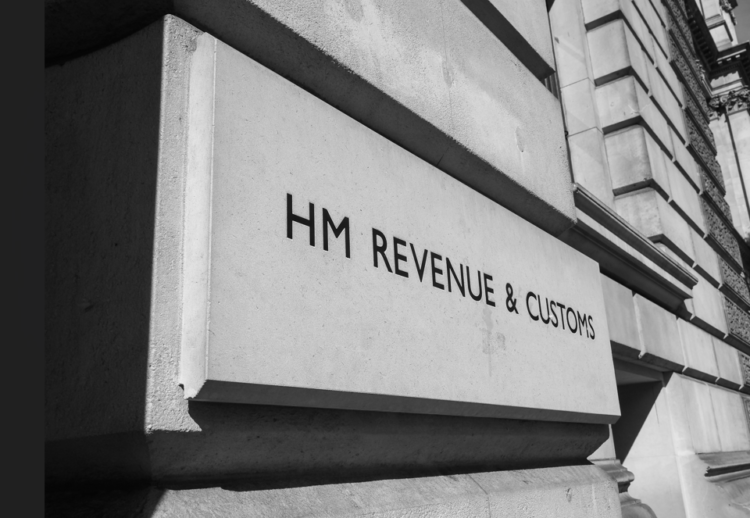HM Revenue and Customs (HMRC) is giving staff the chance to work a three-day week and get a pay rise from next summer in a move it hopes will improve customer service levels.
From next year, the tax office will be piloting an annualised hours scheme that will see 100 staff members working shorter hours over the summer and longer hours during the winter.
Those who take part will work 44 hours each week for six months, followed by 27 hours per week for the remainder of the year, in a bid to address its customer service, which was dubbed “unacceptable” by the Commons public accounts committee.
To encourage take-up rates, HMRC is offering employees who enrol for the 12-month trial a 1% pay increase. However, the volunteers will be expected to give up flexitime perks for the duration of the pilot.
Currently staff at the tax office can work from home up to two days a week under the government’s hybrid home-office working policy, which was approved in May 2020.
Nearly all (95%) of its employees work remotely at least one day a week, more than the number that did so during the first UK lockdown.
A freedom of information request by the Daily Telegraph further revealed that two in five HMRC staff failed to go into the workplace at all in the year to March 2023.
An HMRC spokesperson said: “Some media reporting of this trial has been misleading. On an annualised hours contract, colleagues will work the same number of hours over the year, but their working weeks will vary. During this trial, colleagues will work 44 hours per week for six months of the year, and 27 hours per week in the other six months of the year.
“We’re looking for around 100 volunteers to trial working more of their hours at the busiest time of the year. They will still work the same number of hours over a year but they will do more when its busy.”
HMRC highlighted that any allowances are in line with existing policy for the amount of flexibility it may request to meet customer demand and that most full-time employees currently work 37 hours per week, which is 1931 hours over the year.
According to the tax office, there are different working patterns available during the trial so staff in non-peak could work between three to five days depending on the working pattern selected. It said hybrid working between the office and home will work in the same way as it does now for employees on a standard contract.













